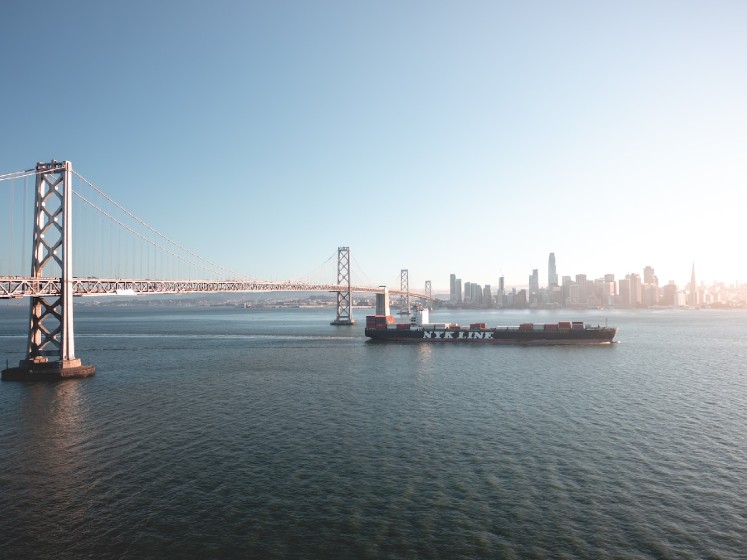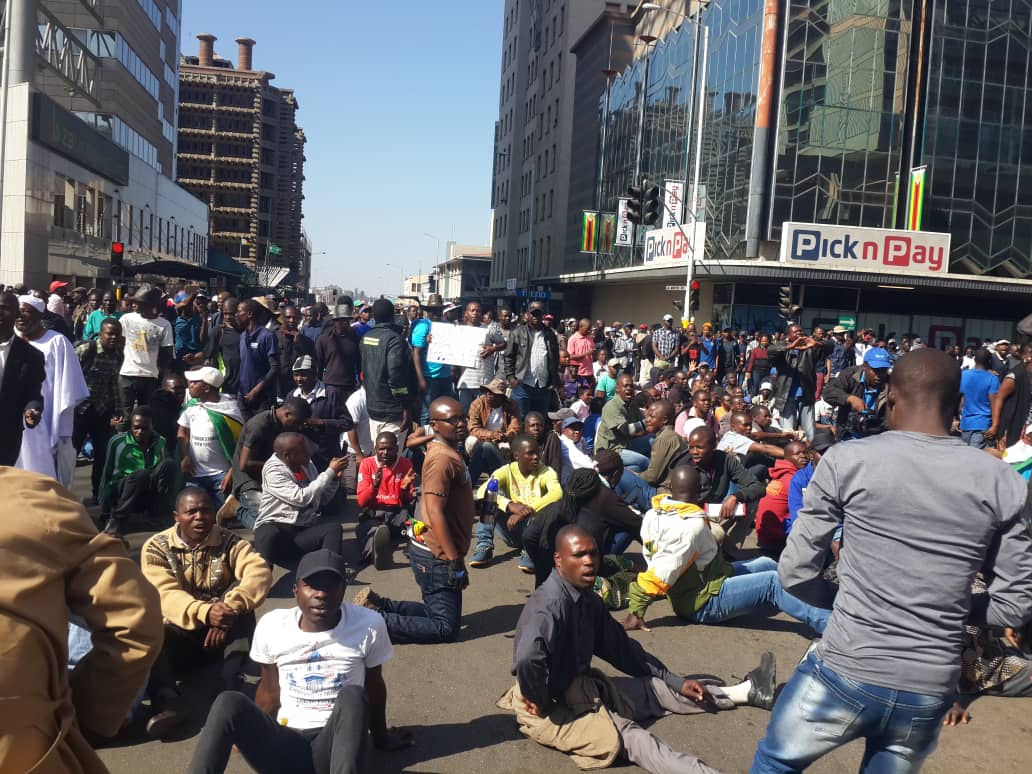Dr Patrick Gill-Tiney, LSE Fellow in the Department of International Relations, discusses why, despite the current defence focus being upon Europe, many European navies have large deployments planned in the Indo-Pacific in 2024 and 2025.

Ships from the United Kingdom Carrier Strike Group and the USS America Expeditionary Strike Group support Large Scale Global Exercise 21 in the Philippine Sea
The Russo-Ukrainian War continues to pose significant security challenges for European states. In reaction, NATO has added two new members in Finland and Sweden, many states have increased their defence spending (most significantly, Poland), thousands of NATO troops are forward deployed in states bordering and fearing Russia, and the number and size of military exercises have increased. This is aimed at deterring Russian attack, and defeating it should it occur. Yet, despite these activities suggesting an overwhelming focus upon Europe, many European navies have large deployments planned in 2024 and 2025 in the Indo-Pacific. Two things help explain this seeming inconsistency: the need to secure energy supplies from the Persian Gulf, and strategic moves to support allies in these regions.
Two things help explain this seeming inconsistency: the need to secure energy supplies from the Persian Gulf, and strategic moves to support allies in these regions.
This year, the Italian Navy plans to deploy the Cavour aircraft carrier to the Indo-Pacific. The carrier will likely be supported with two escorts, along with a replenishment oiler. The German Navy meanwhile plans to deploy the Baden-Württemberg a frigate, supported by the Frankfurt am Main replenishment oiler. Both of these deployments are likely to involve participation in RIMPAC 2024, a biennial and very large maritime exercise hosted by the United States Navy from Hawaii. The French Navy may send its nuclear-powered aircraft carrier Charles de Gaulle, along with an escort group and replenishment vessels to the Indo-Pacific, either this year or next. Finally, the Royal Navy plans to deploy its Carrier Strike Group, incorporating one aircraft carrier, escorts, replenishment vessels, and possibly also involving allies (both the United States and the Netherlands provided escorts in the similar 2021 deployment), to the region in 2025.
Energy supplies
In 2021 EU member states imported more than 40% of their natural gas from Russia. In 2023, as a result of both Russian cuts to supplies and European attempts to cut dependence, this stood at just over 14%. Part of this diversification effort has led to increased supplies from the Persian Gulf, especially Qatar, with supplies arriving in Europe via liquefied natural gas carriers. Imports of crude oil from Russia have also declined significantly, leading to a great reliance upon states in the Middle East. Multiple conflicts in the region, along with the prospect of Iran seeking to close the Straits of Hormuz, helps to explain why European states are eager to protect these fuel supplies.
Supporting allies
Yet, these deployments reach far into the Pacific, much further than required to protect tankers travelling from the Persian Gulf to Europe. These deployments involve military exercises with, and port visits to, the United States, Japan, Australia, and India, amongst others, with the clear target being China. Moreover, the British deployment in 2021 involved HMS Richmond transiting through the Taiwan Strait, with the Carrier Strike Group also passing close to contested waters in the South China Sea. The German Navy’s 2024 deployment looks set to pass through the South China Sea, though it is unclear whether the Taiwan Strait will be transited. These moves are symbolic and material. They seek to bolster the rules-based order through exercising transit rights, whilst also seeking to defend maritime trade from disruption and allies from coercion.
These moves are symbolic and material. They seek to bolster the rules-based order through exercising transit rights, whilst also seeking to defend maritime trade from disruption and allies from coercion.
Historical context and the balance of power
Clearly the broader background to these deployments is relevant to how they are perceived. Two points are pertinent, historical context and their potential to impact the regional balance of power. Firstly, each of these states, and especially Britain and France, had extensive colonial empires in the Indo-Pacific. Both retain remnants of empire in overseas territories. These new naval activities, therefore, are something of a return, and the colonial history involved is of relevance to how these deployments are likely to be received by both friendly and unfriendly states. As a case in point, Wu Shicun, president of China’s National Institute for South China Sea Studies, described the 2021 British transit of the South China Sea as ‘a symbol of Britain’s glorious colonial past, through which the old-time empire that prided itself on its worldwide colonies shipped back the fortune and treasures it plundered in Asia’.
Secondly, the naval capabilities of these states – and Europe as a whole – could have a meaningful impact on the regional balance of power should war occur. Tables 1 and 2 below compare the naval and auxiliary capabilities of European states with major Indo-Pacific navies. The United States and China have far larger naval and auxiliary fleets than any third state, giving them the capability to project power far from their shores. No other Indo-Pacific navy can do so independent of friendly bases. By contrast, Britain and France have the capability to independently project significant naval power into the Indo-Pacific since they operate aircraft carriers, amphibious assault ships, nuclear attack submarines, and substantial auxiliary fleets, though it is highly likely they would seek to coordinate and cooperate with the United States and friendly states in the region, especially Australia and Japan. In addition, Italy and Germany have some of these capabilities too, as do other European navies. If resolved, therefore, European states could commit substantial resources to the defence of their interests and allies in the Indo-Pacific should war occur.
Table 1: European and major Indo-Pacific naval capabilities

Table 2: European and major Indo-Pacific auxiliary naval capabilities

The naval capabilities of these states – and Europe as a whole – could have a meaningful impact on the regional balance of power should war occur.
Conclusion
European naval deployments to the Indo-Pacific are significant, and likely to continue, short of war breaking out between Russia and NATO. They are intended to bolster support for allies in the region and deter disruption to maritime trade. The key questions that follow are whether potential adversaries are deterred, and whether the necessary political resolve exists to deploy the same capabilities should war break out in the South China Sea, Taiwan Strait, or wider region.
This article represents the views of the author, and not the position of the Department of International Relations, nor of the London School of Economics.
Banner photo from Official US Navy Page Flickr CC by 2.0 DEED





